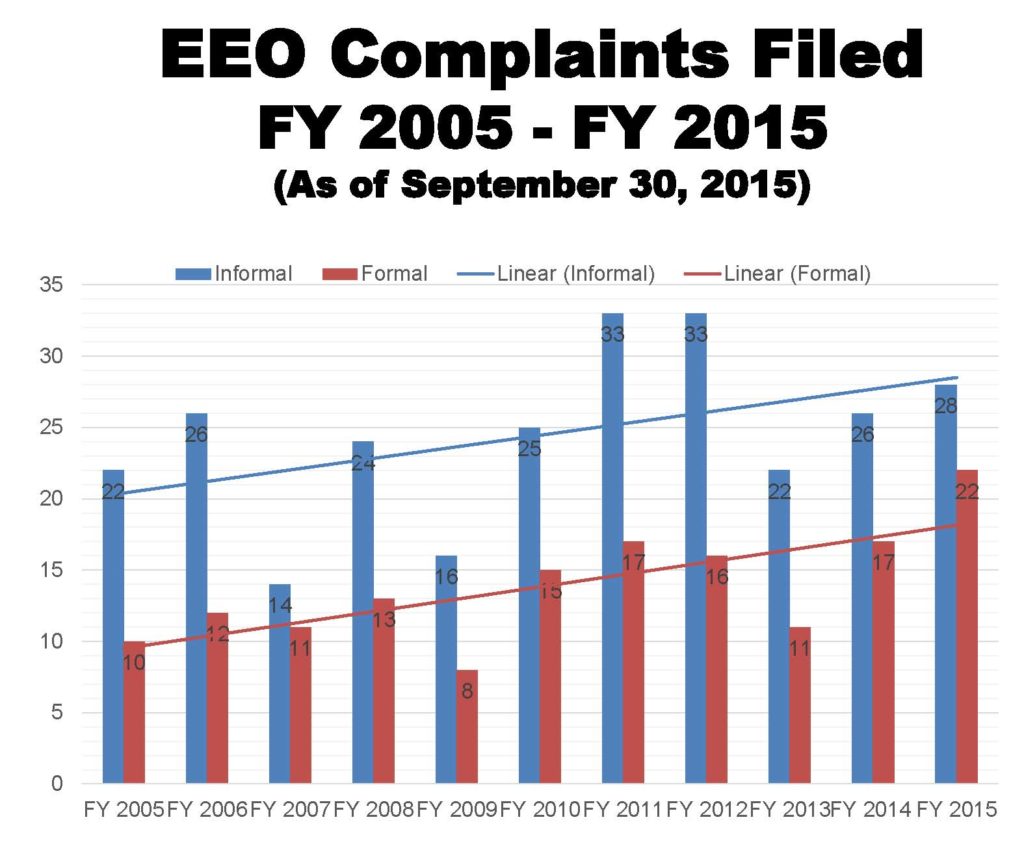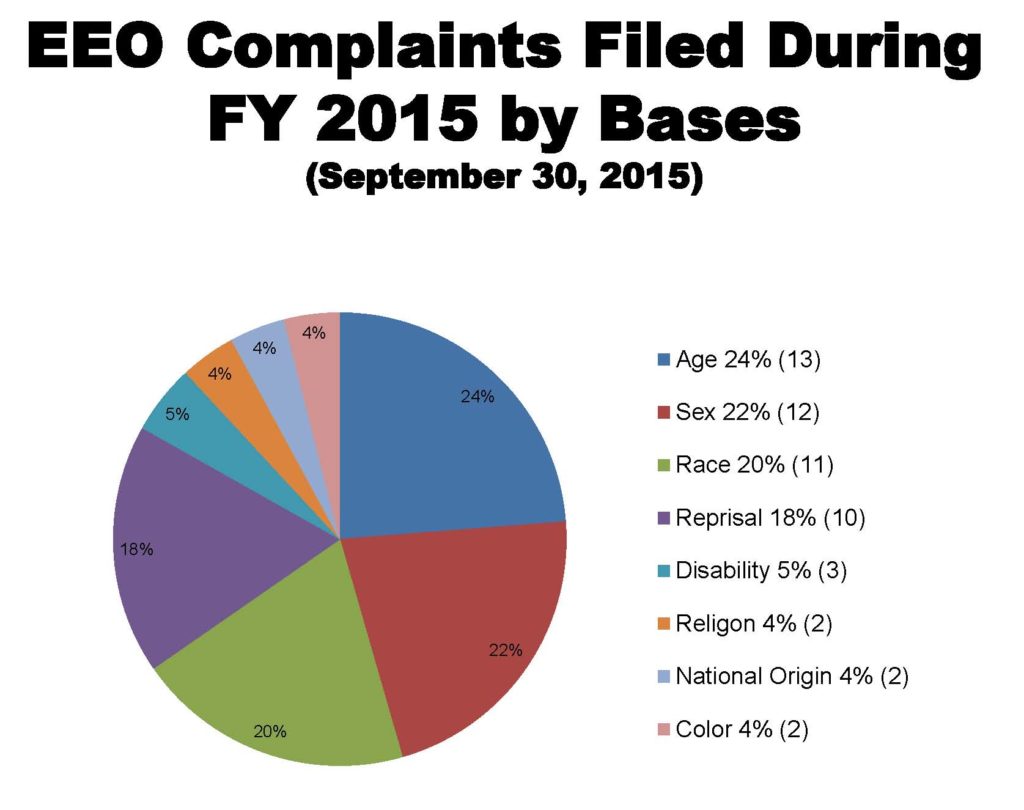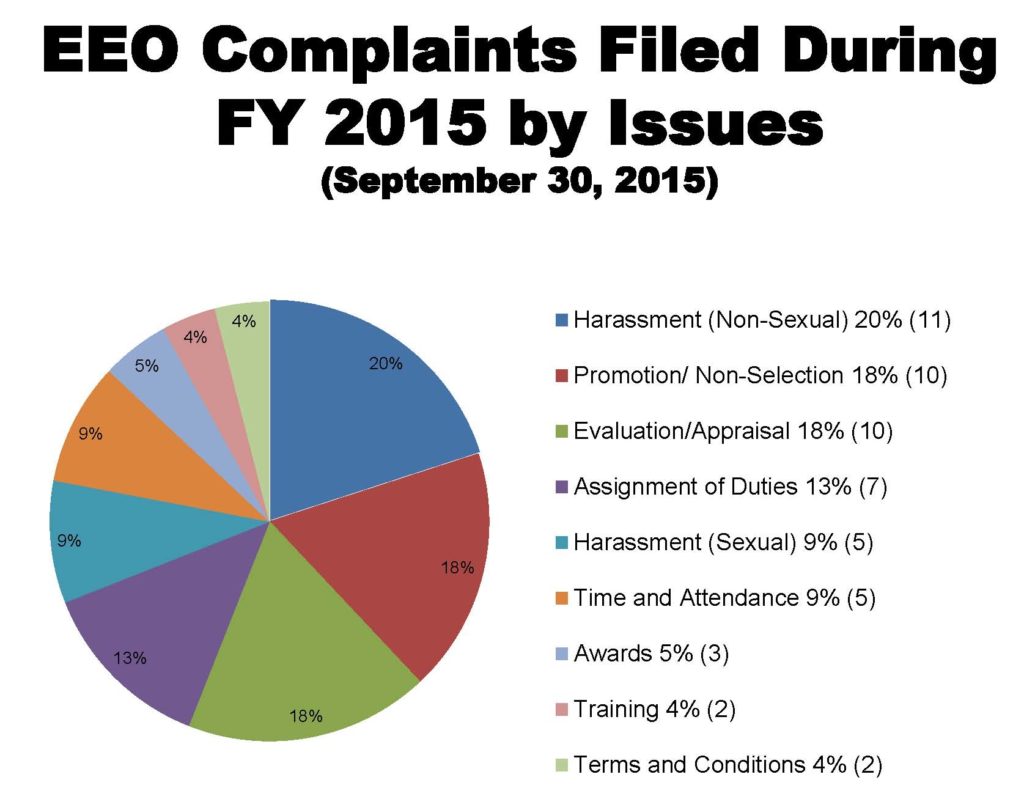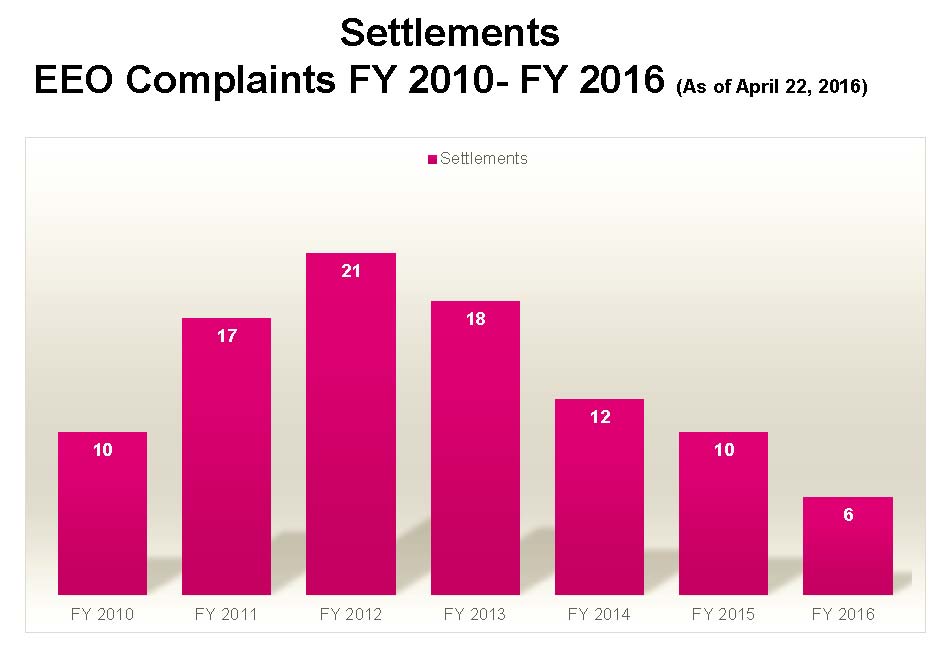Disaster by Design/ Safety by Intent #58
Safety by Intent
As articulated in a recent posting by UCS’s Center for Science and Democracy, UCS believes science can and should be applied to reduce racial and economic inequity. Inequity can result when biases can, intentionally or not, put a segment of the population at a disadvantage. The staff of UCS has received training sessions and briefings over the past year on institutional and individual biases that result in racial and economic inequities.
With the information from these sessions and briefings in mind, I reflected on my dealings with the Nuclear Regulatory Commission (NRC) over the years. I have discussed many concerns and problems with NRC managers and staffers, but could not recall one where race or gender was named as a contributing factor. But this process wasn’t very sciency. It was more gossipy than sciency. So, I undertook a less-gossip, more-science approach to the matter. (Gossip has it that the more science we use, the more points we get.)
The NRC’s Office of Small Business and Civil Rights manages four major programs: (1) Affirmative Action, including the Federal Women’s Program and implementing a managing diversity process; (2) Civil Rights; (3) Historically Black Colleges and Universities (HBCU); and (4) Small Business. One of the procedures used by this office in administering these programs states that a primary objective of these efforts is to “Build and maintain a high-performing diverse workforce based on mutual acceptance and trust, and where the contributions of all employees are recognized and valued.”
Diversity Data
In spring 2016, the NRC reported that its workforce was 39% female and 61% male. According to the 2010 census, 51.25% of the U.S. population was female 48.75% was male.
27% of the NRC’s workforce was under the age of 40 and 29% was over the age of 55 (doing the math then, 44% of the workers are 40 to 55 years old.) According to the 2010 census, 61.7% of the U.S. population was under the age of 40 and 21% was over the age of 55.
15% of the NRC’s workforce was African-American, 9% was Asian Pacific American, 6% was Hispanic, less than 1% was Native American, and 67% was white. According to the 2010 census, the U.S. population was 12.6% African-American, 5.0% Asian Pacific American, 16.3 Hispanic, 0.9% Native American, and 72.4% white.
The data show the NRC’s workforce to be older, have more male representation, and have less Hispanic representation than the U.S. population. But the NRC’s objective was to have a diverse workforce rather than a mirror-image replication of the U.S. population. The data indicate the NRC met part of its objective.
Equal Employment Opportunity Complaints 2005-2015
Numbers alone comprise only part of the NRC’s objective. For insight to the other part, I looked at the equal employment opportunity complaints filed within the NRC between 2005 and 2015 (Fig. 1).
The good news is that the annual number of complaints is relatively small for a workforce of nearly 4,000 individuals. The bad news is that the number of complaints trended upward over the decade.

Fig. 1 (Source: Nuclear Regulatory Commission)
In 2015, 24% of the complaints alleged age discrimination, 22% alleged discrimination by sex, and 20% alleged racial discrimination (Fig. 2).

Fig 2 (Source: Nuclear Regulatory Commission)
In 2015, 20% of the complaints alleged non-sexual harassment, 18% alleged that discrimination factored into not being selected for a promotion, and another 18% alleged that discrimination factored into performance appraisals (Fig. 3).

Fig. 3 (Source: Nuclear Regulatory Commission)
I looked for data showing how many of the equal employment opportunity complaints had been substantiated. The closest I found to this information was the chart showing the number of complaints settled between 2010 and April 2016 (Fig. 4). Assuming that a settlement reflects at least some of the complaint had validity, the data show an average of more than one valid equal opportunity problem every month this entire decade.

Fig. 4 (Source: Nuclear Regulatory Commission)
Disaster by Design
In nuclear power plant design, diversity is an ally. For example, most nuclear power plants have a diverse array of emergency core cooling pumps—some motor-driven, some steam-driven, some powered from emergency diesel generators, and some powered from banks of batteries. This diversity helps assure that at least one pump survives to cool the reactor core despite whatever challenge is presented.
In nuclear safety decision-making, diversity is an ally, too. Decisions made exclusively by a contingent of marine biologists, gaggle of electrical engineers, hearty band of lawyers, convention of brain surgeons, swarm of accountants, team of gymnasts, or roomful of chefs won’t be as good as decisions considering the perspectives of a range of experts. The NRC’s diversity objective does right by its workers and also does right for the American public. Rather, the NRC’s meeting this objective accomplishes both these righteous outcomes.
The NRC has a diverse workforce. For the most part, the contributions of all members of the diverse workforce are recognized and valued.
But the equal employment opportunity complaint data over the past decade reveal a small and sustainable discrimination against NRC workers on the basis of age, gender, race, and other factors. That NRC’s biases and behaviors allow it to persistently discriminate against its own suggest that these attributes could also let it reach decisions that discriminate against the public.
Fairness for NRC’s worker and the American public dictates that the agency adopt and embrace a zero-tolerance for discrimination due to race, gender, age, religion, and other factors. A validation of one internal discrimination case per month must never be close enough for government workers.
—–
UCS’s Disaster by Design/ Safety by Intent series of blog posts is intended to help readers understand how a seemingly unrelated assortment of minor problems can coalesce to cause disaster and how effective defense-in-depth can lessen both the number of pre-existing problems and the chances they team up.
